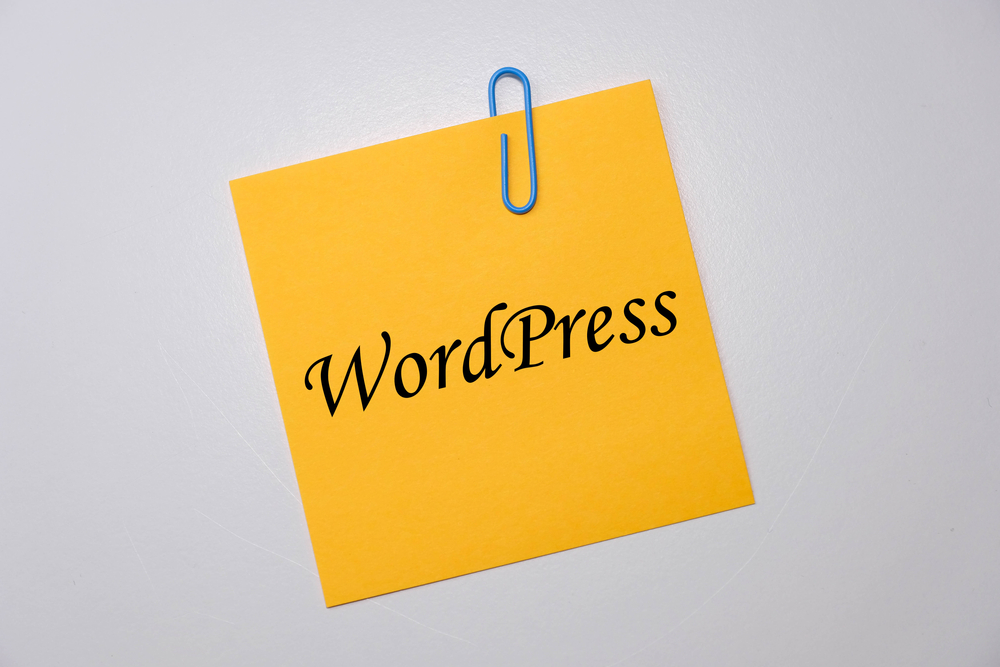
WordPress is undoubtedly one of the most popular content management systems out there. Its flexibility, ease of use, and expansive ecosystem of plugins and themes make it a top choice for individuals and businesses alike. However, to truly get the most out of WordPress, you need to master customization and maintenance. In this article, we will share some expert tips and tricks to help you take your WordPress (WP) website to the next level.
Customizing Your WordPress Website
1. Choose the Right Theme:
Choosing an appropriate theme is crucial for your WordPress (or WP) website customization. It sets the overall look and feel of your site and affects its functionality. Look for a theme that aligns with your brand and offers the features you need. Consider factors such as responsiveness, customization options, and plugin compatibility.
2. Utilize Child Themes:
When customizing your WordPress (the blogging platform) website, it is recommended to use child themes instead of modifying the parent theme directly. Child themes allow you to make changes without affecting the original theme's code, ensuring that your customizations remain intact even after theme updates.
3. Customize with CSS:
Most themes provide options to customize the appearance through the WordPress Customizer. However, for more advanced customizations, CSS can be your best friend. Use the built-in Additional CSS option or a dedicated CSS plugin to add your custom CSS code. This enables you to make targeted changes to elements such as fonts, colors, and layouts.
4. Leverage Theme Builders:
If you want complete control over your WordPress (the platform for bloggers) website's design, consider using a theme builder. These powerful tools allow you to visually create and customize your site's layout, eliminating the need for complex coding. Popular theme builders include Elementor, Beaver Builder, and Divi Builder.
5. Customize Functionality with Plugins:
Plugins are a key component of WordPress, extending its functionality beyond its core features. To customize your website's functionality, explore the vast library of WordPress plugins. Whether you need advanced contact forms, social media integrations, or SEO optimization, there is likely a plugin available to fulfill your needs.
Maintaining Your WordPress Website
1. Update WordPress Core, Themes, and Plugins:
Regularly updating your WordPress core, themes, and plugins is essential for maintaining a secure and optimized website. These updates often include bug fixes, improved performance, and security patches. Keep a backup of your website before performing updates in case any compatibility issues arise.
2. Monitor Website Performance:
Optimizing your website's performance is crucial for user experience and search engine rankings. Utilize tools such as GTmetrix or Pingdom to evaluate your site's load time and identify areas for improvement. Optimize images, enable caching, and consider using a Content Delivery Network (CDN) to enhance performance.
3. Implement Robust Security Measures:
Security is of utmost importance when maintaining a WordPress website. Install a reliable security plugin, such as Sucuri or Wordfence, to protect against malware, brute force attacks, and other threats. Use strong and unique passwords for your admin accounts, enable two-factor authentication, and regularly scan your files for suspicious activities.
4. Backup Your Website Regularly:
Creating regular backups of your WordPress website ensures that you have a copy of your most up-to-date content and configurations. In case of data loss or website failure, backups offer a reliable way to restore your site. Schedule automated backups using plugins like UpdraftPlus or BackWPup and store the backup files securely.
5. Stay Organized with a Maintenance Routine:
Establishing a consistent maintenance routine will prevent small issues from turning into major problems. Create a checklist of tasks to perform regularly, such as monitoring website traffic, updating content, checking broken links, and reviewing security logs. By addressing these tasks proactively, you can keep your WordPress website running smoothly.
Frequently Asked Questions
1. Is WordPress suitable for ecommerce websites?
Yes, WordPress is highly suitable for ecommerce websites. With plugins like WooCommerce, you can easily set up an online store, manage products, and process payments.
2. Can I migrate my existing website to WordPress?
Yes, you can migrate your existing website to WordPress. There are plugins and services available that facilitate the migration process, ensuring a smooth transition without losing any content or functionality.
3. Are there any limitations to WordPress customization?
While WordPress offers extensive customization options, there may be limitations depending on the theme or plugin you are using. Some proprietary themes or page builders may have specific limitations in terms of design flexibility.
4. Can I use WordPress for a membership site?
Yes, WordPress can be used to create and manage membership sites. Various plugins, such as MemberPress and Paid Memberships Pro, provide features for user registration, content access restrictions, and subscription management.
5. Is it necessary to hire a developer for WordPress customization?
Not necessarily. With user-friendly tools and resources available, many WordPress customizations can be successfully done without hiring a developer. However, for complex or highly tailored solutions, professional help might be beneficial.
With these expert tips and tricks, you can enhance your WordPress website's customization and ensure its proper maintenance. Embrace the power of WordPress and unlock its full potential for your online presence!
Other useful resources